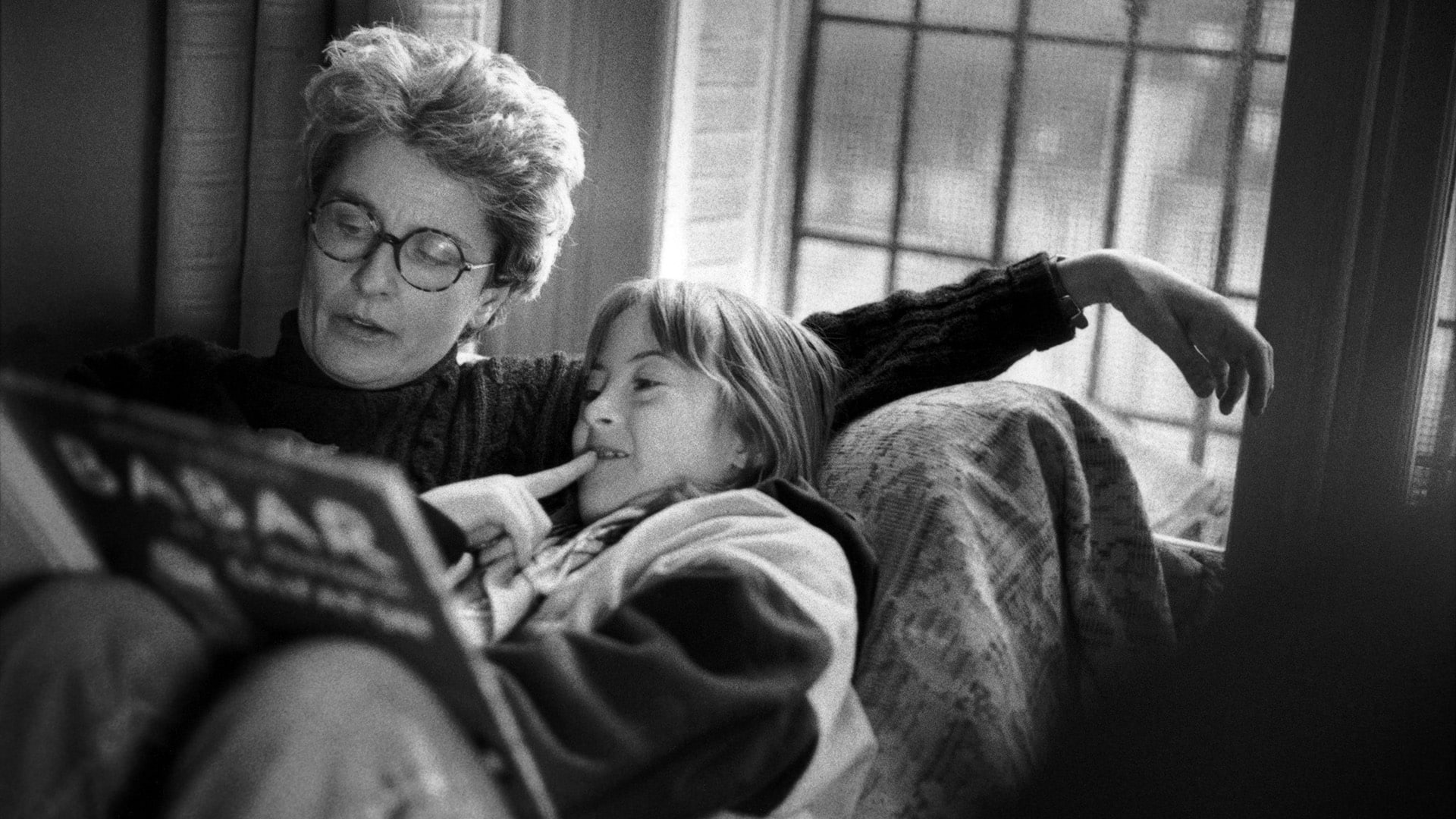Intimacy and autofiction are the two themes of the 6th Festival du Regard which ushers in emotion. Twenty past and present photographers tell us the stories of their lives. Our favorite kind of narrative.

You’re getting blind.
Don’t miss the best of visual arts. Subscribe for $9 per month or $108 $90 per year.
Already suscribed ?
Read More: Martin Bogren: Just Passing Through



